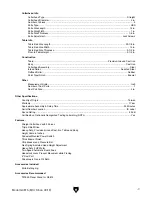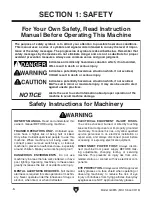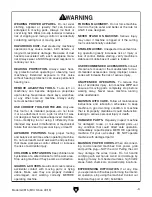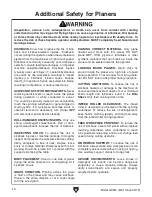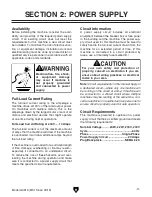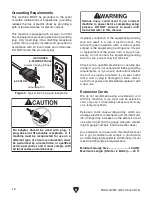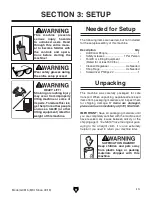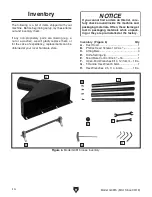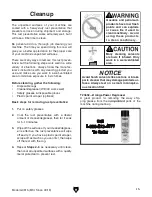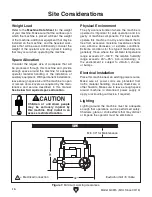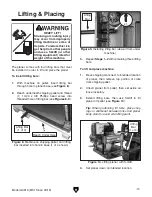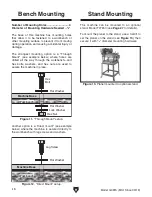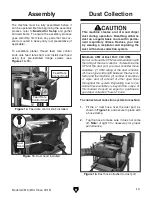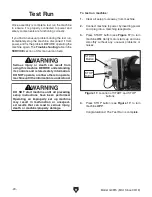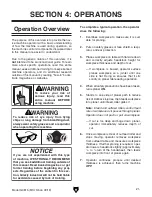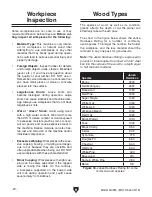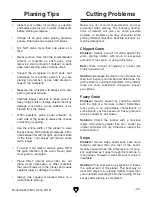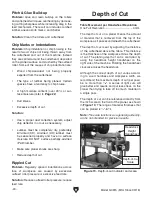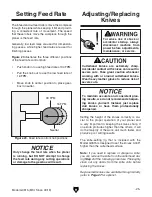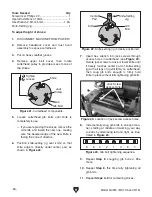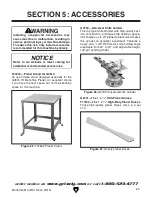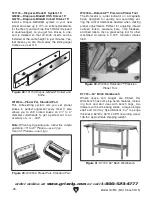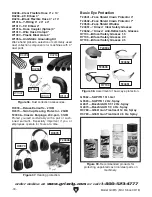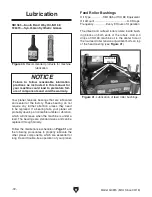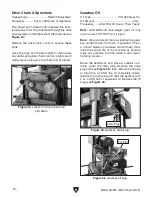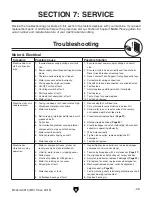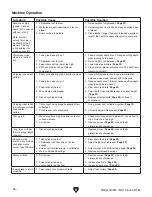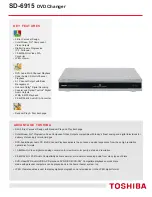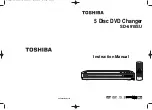
Model G0815 (Mfd. Since 09/18)
-21-
SECTION 4: OPERATIONS
Operation Overview
The purpose of this overview is to provide the nov-
ice machine operator with a basic understanding
of how the machine is used during operation, so
the machine controls/components discussed later
in this manual are easier to understand.
Due to the generic nature of this overview, it is
not intended to be an instructional guide. To learn
more about specific operations, read this entire
manual, seek additional training from experienced
machine operators, and do additional research
outside of this manual by reading "how-to" books,
trade magazines, or websites.
To reduce your risk of
serious injury, read this
entire manual BEFORE
using machine.
To reduce risk of eye injury from flying
chips or lung damage from breathing dust,
always wear safety glasses and a respirator
when operating this machine.
If you are not experienced with this type
of machine, WE STRONGLY RECOMMEND
that you seek additional training outside of
this manual. Read books/magazines or get
formal training before beginning any proj-
ects. Regardless of the content in this sec-
tion, Grizzly Industrial will not be held liable
for accidents caused by lack of training.
To complete a typical operation, the operator
does the following:
1. Examines workpiece to make sure it is suit-
able for planing.
2. Puts on safety glasses or face shield, a respi-
rator, and ear protection.
3. Places workpiece on table with flat side down
and correctly adjusts headstock height for
workpiece thickness and depth of cut.
— If workpiece is bowed, operator surface
planes workpiece on a jointer until one
side is flat. Doing so ensures that it sits
solidly on planer table during operation.
4. When all safety precautions have been taken,
turns planer
ON.
5. Stands to one side of planer path to reduce
risk of kickback injuries, then feeds workpiece
into planer until infeed roller grabs it.
Note: Infeed and outfeed rollers control feed
rate of workpiece as it passes through planer.
Operator does not push or pull on workpiece.
— If cut is too deep and bogs down planer,
operator immediately reduces depth of
cut.
6. Once workpiece is clear of outfeed roller and
stops moving, operator removes workpiece
from outfeed table and measures workpiece
thickness. If further planing is required, oper-
ator lowers headstock slightly (approximately
1
⁄
4
- to
1
⁄
2
-turn of the handwheel), then feeds
workpiece into front of planer again.
7. Operator continues process until desired
thickness is achieved, then turns machine
OFF.
Содержание G0815
Страница 56: ......

